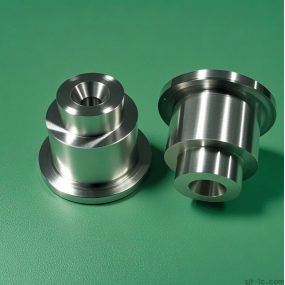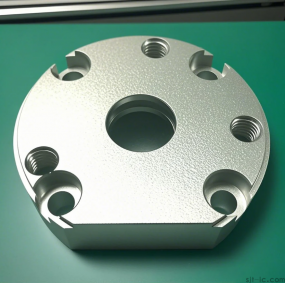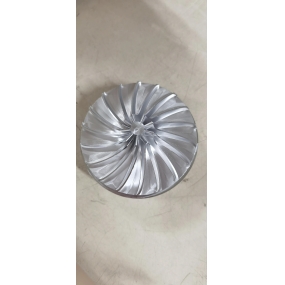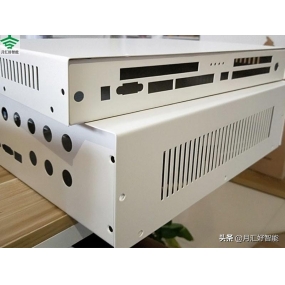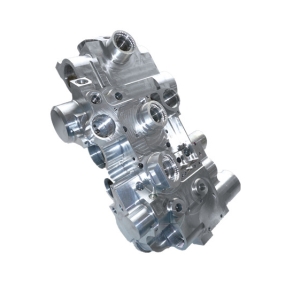Forging is an object that compresses metal into a desired shape or appropriate compressive force through plastic deformation. This force is usually achieved through the use of a hammer or pressure. The forging process forms a particle structure, improving the physical properties of the metal. In practical components, with proper design, particles can flow along the main pressure direction.
1. When considering the temperature of forgings, the temperature drop when the billet comes into contact with the mold should be taken into account, and the mold should be preheated;
2. For alloys with high deformation difficulty, slow deformation should be used as much as possible, and the stroke deformation of hammers or presses should be controlled within about. For speed sensitive materials, temperature effects should be considered when selecting deformation speed;
3. The plasticity of closed die forging is better than that of open die forging, and the plasticity of open die forging is better than that of free die forging. In the process of free forging, the elongation of the anvil and the embossing roughness of the ring can better exert the plasticity of the metal than the flat anvil and ring free embossing roughness.
4. When low plasticity extension occurs, pay attention to selecting an appropriate feed ratio. If the feed ratio is too small, deformation will be concentrated in the upper and lower parts, and cannot be fully forged. Tensile stress will be generated in the axial direction, leading to transverse cracks. In the process of zirconium roughness, in order to improve the unevenness of deformation and generate surface cracks, soft pad zirconium roughness or overlapping zirconium roughness (used for forging cake components) are usually used.
5. If the forging process is considered as post-processing, it should be avoided as much as possible to forge at the critical deformation level in order to obtain a coarse crystal structure. Specifically, metals have good plasticity and low high-temperature deformation force, so they should be forged for deformations much greater than the critical deformation degree. During low-temperature calibration, small deformations lower than the critical deformation degree are used for local modifications.
6. Due to inappropriate selection of temperature and deformation degree, when particles become rough, the particle structure can be refined through heat treatment phase transition. However, for steels that do not undergo phase transfer during heat treatment, such as steel, a fine and uniform microstructure can be obtained during forging. Therefore, attention must be paid to these materials during forging.
7. Due to the fiber structure formed by thermal deformation, the mechanical properties of metals will be anisotropic, with a, Z, and AK in the longitudinal mechanical properties far greater than the corresponding indicators in the transverse direction, and the strength RM in both directions. The difference in re is very small;
8. The influence of hot deformation on mechanical properties is limited: when the forging ratio is not greater than 5, the mechanical properties of the metal are faster, and the anisotropy of the metal's mechanical properties is not obvious. When the forging ratio is greater than 5, the anisotropy of mechanical properties caused by fiber structure becomes increasingly apparent with the increase of forging ratio, with almost no longitudinal mechanical properties and a sharp decrease in transverse mechanical properties. Therefore, excessive deformation is harmful to the quality of forgings.


 Spanish
Spanish Arabic
Arabic French
French Portuguese
Portuguese Belarusian
Belarusian Japanese
Japanese Russian
Russian Malay
Malay Icelandic
Icelandic Bulgarian
Bulgarian Azerbaijani
Azerbaijani Estonian
Estonian Irish
Irish Polish
Polish Persian
Persian Boolean
Boolean Danish
Danish German
German Filipino
Filipino Finnish
Finnish Korean
Korean Dutch
Dutch Galician
Galician Catalan
Catalan Czech
Czech Croatian
Croatian Latin
Latin Latvian
Latvian Romanian
Romanian Maltese
Maltese Macedonian
Macedonian Norwegian
Norwegian Swedish
Swedish Serbian
Serbian Slovak
Slovak Slovenian
Slovenian Swahili
Swahili Thai
Thai Turkish
Turkish Welsh
Welsh Urdu
Urdu Ukrainian
Ukrainian Greek
Greek Hungarian
Hungarian Italian
Italian Yiddish
Yiddish Indonesian
Indonesian Vietnamese
Vietnamese Haitian Creole
Haitian Creole Spanish Basque
Spanish Basque


